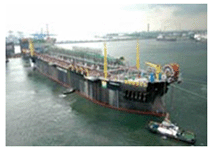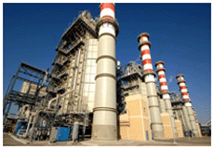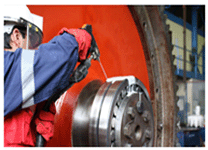CORROSION SOLUTION
MATERIAL/MACHINE
Oxifree TM198 Material
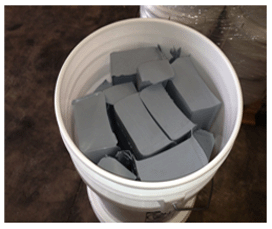 |
Appearance: Standrad grey, semi-gloss surface or others on request Melting Point: 120°C / 248°F Recommended application temperature: 165 to 175°C/ 329 to 347°F (operating temperature should not exceed this) HMIS/NFPA HAZARD ID SYSTEM: Health: 1, Flammability:1, Reactivity: 0, Personal Protection B:
|
Polymelt 12 Application machine
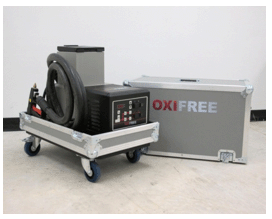 |
The Polymelt 12 was designed to offer the following advantages:
no need to flush machine after use |
Oxifree Plymelt 50 Application Machine
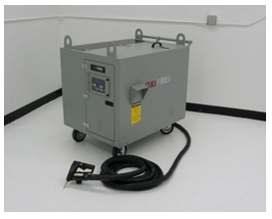 |
The Polymelt 50 was designed for the purpose of melting and Pumping. Oxifree Metal Protection Polymers only. Polyment 50 machine wich holds 50lbs/22kgs of Oxifree TM198. This unit is recommended for use in non-hazardous areas and features a pre-melt system so continuous application can be maintained. |
Oxifree Polymelt 50 ATEX 2-22 Application Machine
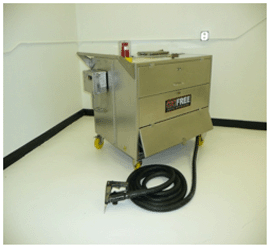 |
Poly 50 ATEX Is classiffed within the following EU Directives
the IECEx configuarting |
APPLICATION
|
Oil&Gas |
Marine |
Power Plant |
|
Power Production |
Mining |
Military |
How Oxifree TM198 Works
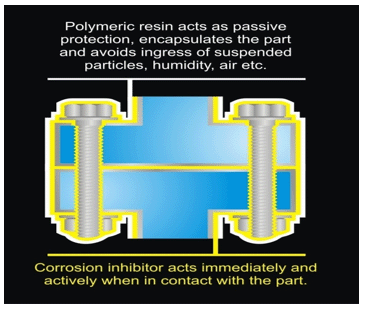

Offshore Petronas Vietna
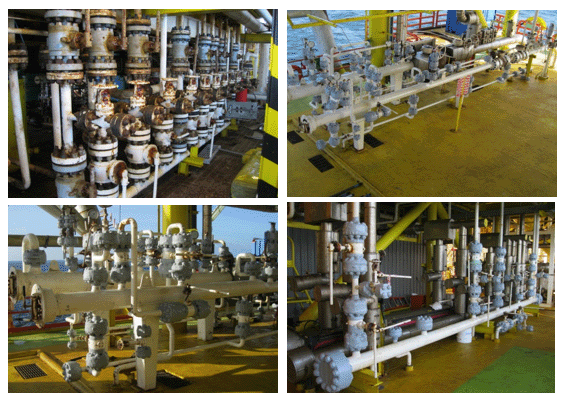
Testing:
Oxifree meterial has been thoroughly tested to 11,688 hours of"industry standrad" Salt Spray test , which complies with ASTM B117 corrosion testing which is equivalent to in excess of 50 years 'in the field'.
Oxifree has also been through ASTM G56 UV/Weathering test and again exceeded required longevity with ease:
- ASTM B117-Salt spray test-successfully testd to 4x industry benchmark
- ASTM G154 UV-Weathring test successfully exceeded standards
- GOL492/09 Volatile Organic Compound Test (<0.05%)
- Boeing BSS 7329-Successful smoke toxicity test
- ASTM E662-Successful smoke generation test
- ASTM G85-94-Annex A5 prohesion test-successfully approved with 1000hrs testing
- BS EN 13823-Single burnung item test-Complate and passed within standrads
- ASTM D790-Cryogenic bend flexibility
- ASTM D149-Dielectric strength testing
- BS2782 Pt.2-Volumetric resistivity testing(Electrical resistance)
- ASTM D7359-13 Standard Test Method for Total Fluorine, Chlorine and Sulfur in Aromatic Hydrocarbons
- ASTM E968-Sand abrasion resistance
COMPARISON
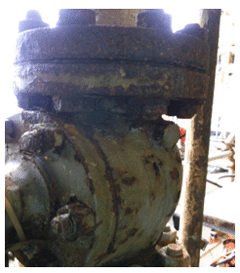 |
Paint Coatings
applicable to convering large surface expanses. Paints are used as a 'Cure-all' solution to corrosion .
department of ecology) and cannot be recovered.
corrosion can actually reappear within a few months.
|
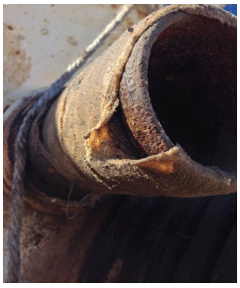 |
Petrolatum Tapes
However again due to the complex nature of these applications, void spaces tend to create potential for ingress of air and moisture and trigger a corrosion cell.
to try to alleviate the sharp angles inherent a bolted structure.
Low cost, can be applied without specialist equiment, however application is highly time consuming and messy. contains high levels of VOC, has high disposal costs, limited areas of application due to the ecological impact and is not reusable |
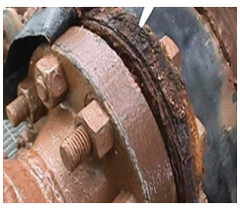 |
Sleeves and Bands
such as Kleerband, FPG, Step Ko and many others.
pipe Connections and are either made of metal or plastic therefore leaving the main asset unprotected.
such as (VCI)Vapour Corrosion inhibitors or Grease. |
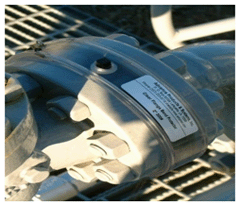 |
Cualking
faces.
has a very limited usage.
|
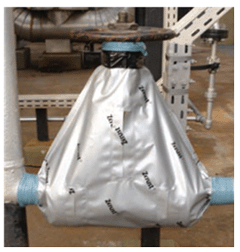 |
Flange bagsFlange bags are a new innovation for protecting flanges and valves, however they need to be reactivated with VCI (Volatile Corrosion Inhitors) within 12 months Bags are susceptible to damage and leakage through the taped end sealing. Birds have been know to peck hokes in the shiny surface and render the bags useless. |
 |
Caps
These are very cheap but often do not fit correctly and even when properly specified caps tend to shrink and create crevices for corrosion cells to form.
As the photo displays some caps are missing and some cannot even be installed creating only a partial protection on the bolt and nut heads and completely leaves the valuable flange asset unprotected.
Clearly this image show that caps provide a very marginal protection.
Product


























